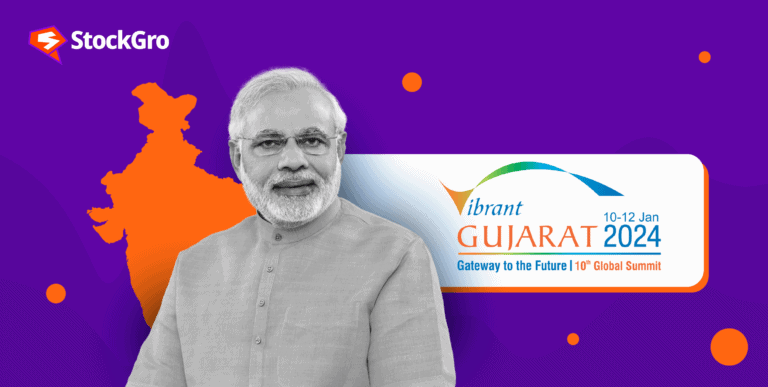
What does luxury mean to you? Well, there is no standard definition to it. Luxury is a subjective concept and differs from one person to another. But, do you know that the Indian government has given it a definition by classifying certain goods and services as luxurious? Yes, the government has defined it, and the citizens are expected to abide by it. So, whether or not you agree that the list is luxurious, you must accept and pay taxes on it.
You read that right! There is a separate tax for luxury items called the ‘luxury tax’. Today’s article deals with its meaning, applicability and rates.
What is luxury tax?
According to India’s Luxury Act, luxury refers to goods or services that give pleasure and enjoyment to users upon consuming them. It generally covers all those goods and services that are over and above the basic necessities. Such products aim to fulfil the comfort and extravagant desires of consumers.
Luxury tax, as the name suggests, is the tax levied by the government on all such luxurious goods and services.
Understanding luxury tax in India
The government of India introduced the luxury tax in the country, 27 years ago, on 01 November 1996. Initially, it applied to accommodation services provided by the hospitality sector. The idea was to target high-net-worth individuals (HNI), who were regular customers of these services. In 2012, the government included allied services provided by hotels and resorts under the purview of the luxury tax.
State governments handled the luxury tax under the supervision of the central government. Each state had different rates for different products and services. While some states followed fixed rates based on the room tariffs, others charged flat rates depending on the facilities provided.
Such variations in charging luxury tax at different rates across different states complicated the process, because of which GST (Goods and Services Tax) took over the luxury tax, along with other indirect taxes, in 2016.
Also read: IGST explained: Simplifying inter-state taxation in India
Applicability and exemptions of luxury tax
Initially, the luxury tax applied to lodges, clubs, resorts and other providers who facilitated accommodation. It was then extended to cover services like spas, gyms and banquet halls.
Currently, the luxury tax applies to:
- Fees and deposits charged by clubs (Example: Membership fee)
- Room tariffs in hotels and resorts
- Services in salons, gyms, health and sports clubs, etc.
The luxury tax is also applicable to products like air conditioners, aeroplanes and yachts, washing machines, tobacco, etc., and services like food and drinks in 5-star hotels, sports events, casinos, etc.
There are no GST exemptions, as such, to luxury goods. Earlier, there was no hotel tax in India for rooms with tariffs below ₹1,000. But as of today, they are all covered under GST.
Luxury tax rates
The highest slab of GST, i.e., 28% is levied on luxury goods. However, some luxury products and services with lower tariffs and revenues are subject to taxes at 5% or 12% or 18%.
- Luxury tax in India on hotels providing accommodation:
| Particulars | Tax rate as per GST |
| Room tariff of less than ₹1,000 | 12% |
| Room tariff between ₹1,000 to ₹2,500 | 12% |
| Room tariff between ₹2,500 to ₹7,500 | 18% |
| Room tariff of more than ₹7,500 | 28% |
The same rates apply to all lodges, resorts and others providing stay services.
- Luxury tax in India on restaurants providing food and beverage:
| Particulars | Tax rate as per GST |
| Restaurants with turnover < ₹50 lakhs | 5% |
| Non-AC restaurants | 5% |
| AC restaurants | 18% |
| Five-star restaurants | 28% |
Also read: Old vs. New – Which income tax regime is better for FY 2023-24?
- Properties are classified as luxury goods under the GST Act. However, they are not subject to taxes at 28%.
| Particulars | Tax rate as per GST |
| Affordable housing in a metropolitan city (Carpet area of 60 sq mt, property value < ₹45 lakhs) | 1% without Input Tax Credit (ITC) |
| Affordable housing in a non-metropolitan city (Carpet area of 90 sq mt, property value < ₹45 lakhs) | 1% without Input Tax Credit (ITC) |
| Non-affordable housing (Any city, any area, any value) | 5% without Input Tax Credit (ITC) |
- Gold, silver, diamond and other precious stones come under luxury goods. However, they are all taxed at a flat rate of 3% for their raw forms.
- Luxury car, tobacco products and other items falling under luxury goods and services are all taxed at 28%.
Tax returns
Since luxury tax is now part of GST, it must follow the same rules as GST for filing returns. As per GST guidelines, all businesses registered have to file quarterly or monthly returns. The last day of the month, following the assessment month is the deadline for businesses to file their returns.
Also read: The ultimate guide to IT return filing on your own 2023
Bottomline
The introduction of GST on luxury items has brought uniformity and standardisation across different states concerning taxes on luxury products and services. While that is an advantage, the highest slab of 28% charged on some goods and services has affected the demand for such products.
Luxury goods are relatively expensive as compared to regular goods and services, given their quality and brand value. A tax rate of 28% makes these products all the more expensive. However, the Indian government has not considered reducing it on certain luxury and sin goods, for the time being.

